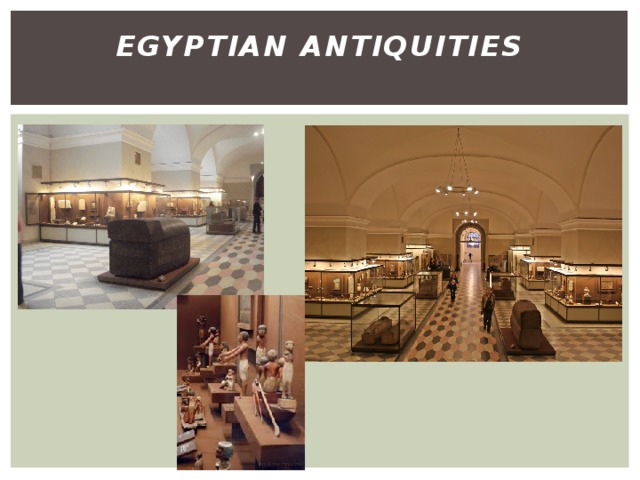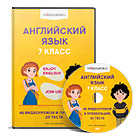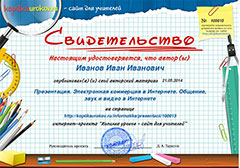Архитектурные достопримечательности Санкт-Петербурга
The State Hermitage is a museum of art and culture in Saint Petersburg, Russia. One of the largest and oldest museums in the world, it was founded in 1764 by Catherine the Great and has been opened to the public since 1852. Its collections, of which only a small part is on permanent display, comprise over three million items, including the largest collection of paintings in the world. The collections occupy a large complex of six historic buildings along Palace Embankment, including the Winter Palace, a former residence of Russian emperors. Apart from them, the Menshikov Palace, Museum of Porcelain, Storage Facility at Staraya Derevnya and the eastern wing of the General Staff Building are also part of the museum. The museum has several exhibition centers abroad. The Hermitage is a federal state property. Since 1990, the director of the museum has been Mikhail Piotrovsky.
Buildings
Originally, the only building housing the collection was the 'Small Hermitage'. Today, the Hermitage Museum encompasses many buildings on the Palace Embankment and its neighbourhoods. Apart from the Small Hermitage, the museum now also includes the 'Old Hermitage' (also called 'Large Hermitage'), the 'New Hermitage', the 'Hermitage Theatre', and the 'Winter Palace', the former main residence of the Russian tsars. In recent years, the Hermitage has expanded to the General Staff Building on the Palace Square in front of the Winter Palace, and the Menshikov Palace
Egyptian antiquities
Since 1940, the Egyptian collection, dating back to 1852 and including the former Castiglione Collection, has occupied a large hall on the ground floor in the eastern part of the Winter Palace. It serves as a passage to the exhibition of Classical Antiquities. A modest collection of the culture of Ancient Mesopotamia, including a number of Assyrian reliefs from Babylon,Dur-Sharrukin and Nimrud, is located in the same part of the building.
Classical antiquities
The collection of Classical Antiquities occupies most of the ground floor of the Old and New Hermitage buildings. The interiors of the ground floor were designed by German architect Leo von Klenze in the Greek revival style in the early 1850s, using painted polished stucco and columns of natural marble and granite. One of the largest and most notable interiors of the first floor is the Hall of Twenty Columns, divided into three parts by two rows of grey monolithic columns of Serdobol granite, intended for the display of Graeco-Etruscan vases. Its floor is made of a modern marble mosaic imitating ancient tradition, while the stucco walls and ceiling are covered in painting.
The Room of the Great Vase in the western wing features the 2.57 m (8.4 ft) high Kolyvan Vase, weighting 19 t (42,000 lb), made of jasper in 1843 and installed before the walls were erected. While the western wing was designed for exhibitions, the rooms on the ground floor in the eastern wing of the New Hermitage, now also hosting exhibitions, were originally intended for libraries. The floor of the Athena Room in the south-eastern corner of the building, one of the original libraries, is decorated with an authentic 4th-century mosaic excavated in an early Christian basilica in Chersonesos in 1854.
The collection of Classical Antiquities feature Greek artifacts from the 3rd millennium – 5th century BC, Ancient Greek pottery, items from the Greek cities of the North Pontic Greek colonies, Hellenistic sculpture and jewellery, including engraved gems and cameos, such as the famous Gonzaga Cameo, Italic art from the 9th to 2nd century BC, Roman marble and bronze sculpture and applied art from the 1st century BC - 4th century AD, including copies of Classical and Hellenistic Greek sculptures. One of the highlights of the collection is the Tauride Venus, which, according to the latest research, is an original Hellenistic Greek sculpture rather than a Roman copy as it was thought before. There are, however, only a few pieces of authentic Classical Greek sculpture and sepulchral monuments.


























